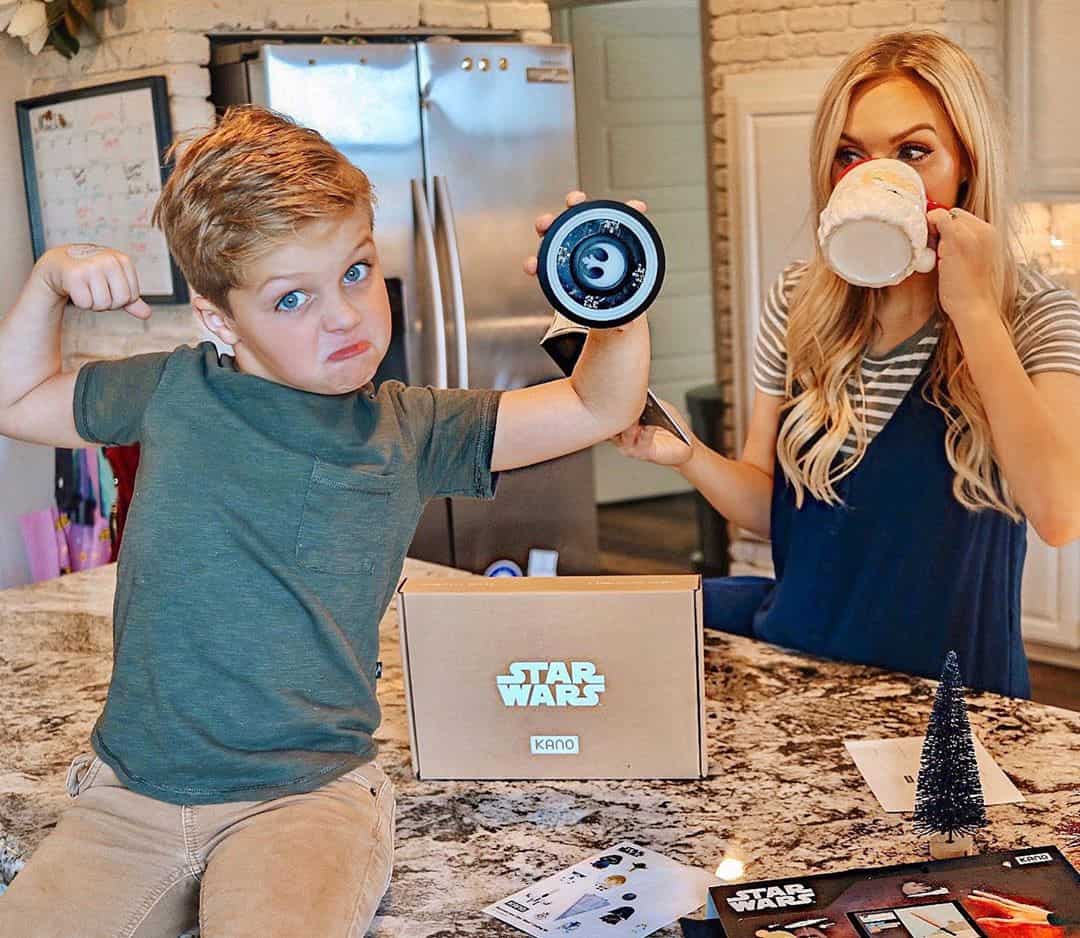When people are shopping for electronics online, a quick search on Google or Amazon will present hundreds—if not thousands—of options. While the wide variety may be helpful to consumers, it’s increasingly difficult for up-and-coming brands to stand out as viable options.
To get noticed online, it takes more than a search-optimized Amazon listing or website to pull in potential customers and turn them into buyers. You need social confirmation that your products work, as well as the content to prove it.
To stand out among scores of competitors, smart brands are reaching out to influencers. Before integrating this strategy into your own marketing, it’s important to understand why it works, how to ramp up a campaign, and who can help.
Portray User-friendliness
While products like augmented/virtual reality headsets, network software, and high-end cameras demand a certain level of expertise from influencers, consumer electronics are about making everyday life better.
Meaning, you don’t need Vsauce, MythBusters, or Unbox Therapy to endorse drones, kids coding kits, smart home devices, headphones, or wearables. In fact, you want everyday people, who happen to have a passionate following, to tell their audiences how easy your product is to use.
Many consumers find it intimidating to try new tech products because they believe they’re not tech-savvy enough to use them. Research published in the Cyberpsychology, Behavior, and Social Networking Journal showed that operating computers can cause feelings of anxiety if their users feel “illiterate” on the device. These feelings are especially prevalent in older generations and women.
By leveraging influencer-generated content (IGC), your brand can communicate the usability and inclusiveness of your products. In the case of consumer electronics, this word-of-mouth message of user-friendliness is critical. By communicating the intuitiveness of a product, you can lower consumer anxiety around learning new technology.
On the other hand, young people are especially comfortable with technology and they’re more apt to discover products online. According to Pew Research, 90% of 18-29 years olds are on social media. As a tech brand, it’s critically important to be where they are looking.
Earn Social Proof
Whether you’ve designed a cutting-edge vacuum, a state-of-the-art blender, or a new fitness wearable, aligning with influencers is a fast, cost-effective, scalable way of getting your products into the right hands. Their content is not only high-quality, but it provides social proof that your products are as good as you say they are.
Authentic micro influencers (average of 20,000 followers) aren’t producing content to sell to people; they’re trying to help people. When they produce posts with real value, they retain and grow their following. Before accepting a brand partnership request influencers must decide whether the brand will be relevant to their audience or not.
When genuine influencers post about a product, their audience trusts their opinion. However, when paid celebrities and macro-influencers (100,000 to 1 million followers) participate in paid endorsements, people tend to distrust the post.
Make Diversity and Inclusion Part of Your Brand
The current selection of macro tech-influencers is severely lacking in diversity. Conversely, micro influencers come in every shape, size, age, gender, ethnic background, and sexual identity. By pulling away from the “Wonder Bread” selection of tech-influencers and aligning with a wide variety of content creators, consumer electronics brands can make diversity and inclusion a cornerstone of their messaging.
Casting a wider net also means you get a full spectrum of unique content. Should you decide to remarket to specific audiences after your campaign, you’ll have volumes of relatable IGC to leverage for targeted display ads.
Save Big While Building Trust
Typically, tech influencers charge a pretty penny for their thoughts. However, paying content creators isn’t always the best idea. When money trades hands, influencers may be incentivized to endorse a brand they don’t really love. Followers sense the disconnect in the influencer’s content and begin to lose trust in the reviews, recommendations, and thoughts of influencers.
Eliminate this issue by working with influencers via a trade collaboration model. If you’re unfamiliar with the term, trade collaborations occur when content creators promote your product in exchange for your product. When an influencer is excited to be compensated with your product (instead of cash), you have found someone who is genuinely excited to create content for you.
Moreover, proper trade collaborations give influencers an “out.” In other words, they’re not obligated to post if they don’t like the product, if the product did not work as expected, or perhaps the product was damaged in shipping. Avoid awkward posts by giving an influencer the option to provide feedback instead. When a user is not happy with your product, customer feedback is invaluable to brands.
Create More Conversion Opportunities
People are willing to spend a significant amount of money on products that are vetted by their favorite content creators. According to data-technology company, Rakuten, and the Interactive Advertising Bureau (IAB), nearly three in four consumers said they would spend between $1-$629 on a purchase that was inspired by an influencer.
Working with content creators is also a golden opportunity to create more touch points in the consumer journey. For instance, 65% of shoppers said they discover at least one new brand or product a week because of influencers! In the case of consumer electronics, men are not only willing to spend more on products they’ve found through influencers, but technology-related influencers are the second most common social media personality they follow.
Ready to Power Up?
Underscore your product’s user-friendliness, power, and utility by partnering with micro influencers. By doing so, you can earn volumes of high-quality content, build trust, and create more conversion opportunities. If you’re interested in what influencer marketing can do for your consumer electronic brand, drop by ApexDrop to schedule a time to learn more.
